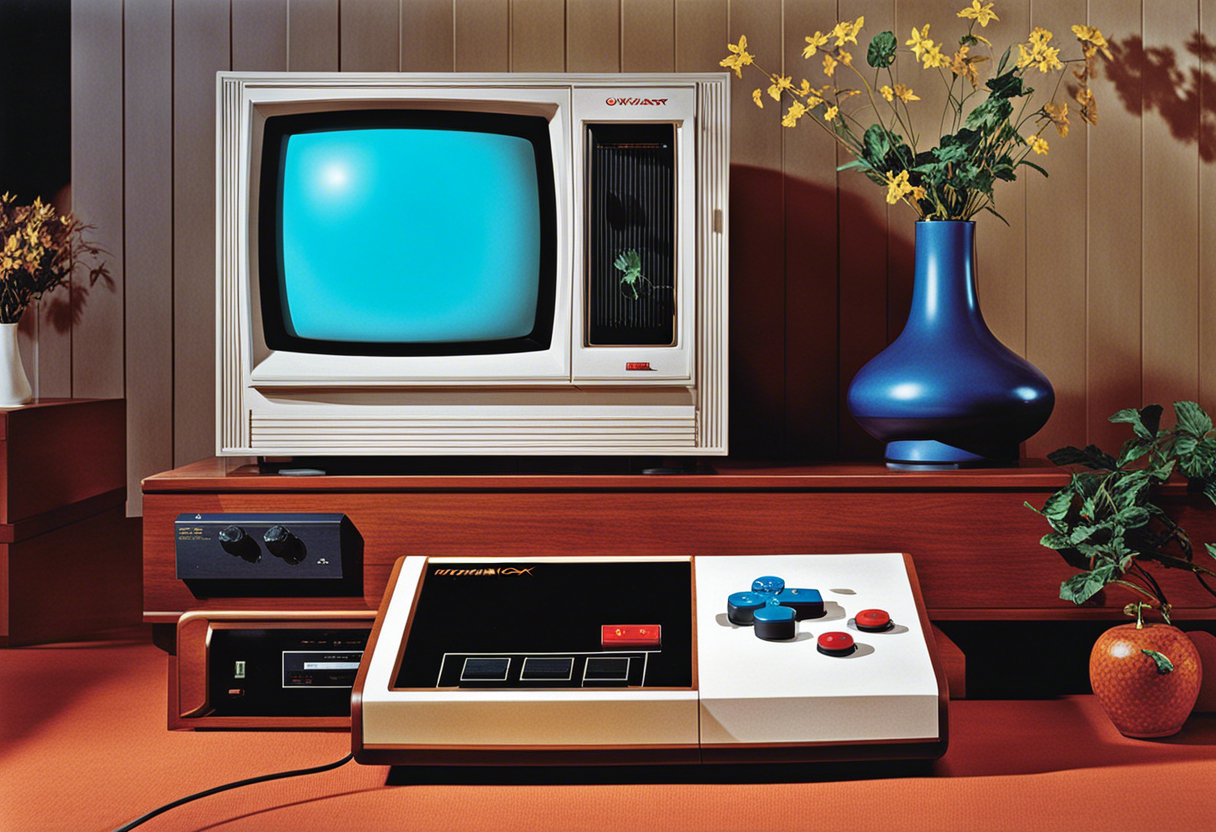The Most Iconic Video Game Consoles of All Time
The evolution of video game consoles is a journey of technological marvel and creative innovation. It's a testament to the relentless pursuit of creating immersive, interactive experiences that have captivated generations. The first section of our nostalgic dive into the iconic video game consoles of all time takes us back to the birth of home gaming. It's a journey that has transformed the living room into a virtual battlefield, a fantasy world, and a competitive sports arena.
From the early days of Pong and Space Invaders to the high-definition, multiplayer experiences of today, video game consoles have shaped our culture, inspired technological advancements, and created a multi-billion dollar industry. This journey is not just about the consoles themselves, but also the groundbreaking games they brought to life.
The Magnavox Odyssey

The Magnavox Odyssey, released in 1972, is the console that started it all. It was the first video game console that could be connected to a television set. The Odyssey was a simple machine by today's standards, offering a limited range of games with basic graphics. However, it set the precedent for home gaming, paving the way for the video game industry's future.
The Odyssey was a pioneer, a bold step into uncharted territory. Its success proved that there was a market for home gaming, leading to a wave of consoles that would transform the entertainment landscape.
Atari 2600

In 1977, the Atari 2600 was released, bringing with it a revolution in gaming. The console was a significant upgrade from its predecessors, offering color graphics and game cartridges that allowed players to switch games easily. The Atari 2600 was home to some of the most iconic games of the era, including Space Invaders and Pac-Man.
The Atari 2600 was more than just a console; it was a cultural phenomenon. It brought gaming into mainstream culture, making it a common pastime in households across the world.
Nintendo Entertainment System (NES)

The Nintendo Entertainment System, released in 1985, was a game-changer. It introduced the world to a new level of gaming with its advanced graphics and sound capabilities. The NES was home to some of the most iconic games in history, including Super Mario Bros. and The Legend of Zelda.
The NES revived the video game industry after the crash of 1983, establishing Nintendo as a leading player in the market. Its impact on the gaming world is still felt today, with many of its franchises still ongoing.
Sega Genesis

The Sega Genesis, released in 1989, was a major competitor to Nintendo's dominance in the console market. Known for its superior graphics and sound, the Genesis was home to some of the most beloved games of the 90s, including Sonic the Hedgehog and Mortal Kombat.
The Genesis marked a shift in the gaming industry, with Sega positioning itself as a more mature, edgy alternative to Nintendo's family-friendly image. This shift was reflected in the console's games, which often featured more violence and adult themes.
Super Nintendo Entertainment System (SNES)

The Super Nintendo Entertainment System, released in 1990, was Nintendo's response to the Sega Genesis. The SNES improved upon the NES in every way, with better graphics, sound, and game design. It was home to some of the most memorable games of the 90s, including Super Mario World and Donkey Kong Country.
The SNES marked a golden age for Nintendo, with the company producing some of its most beloved franchises during this era. The console's success solidified Nintendo's place in the gaming industry, setting the stage for future innovations.
They have provided countless hours of entertainment, brought people together, and created a global community of gamers. As we look to the future, we can only imagine what the next generation of consoles will bring. But one thing is certain: the legacy of these iconic consoles will continue to shape the gaming industry for years to come.







